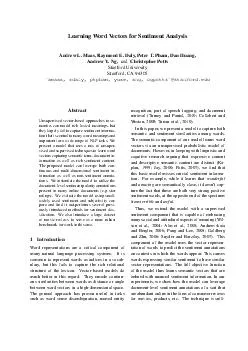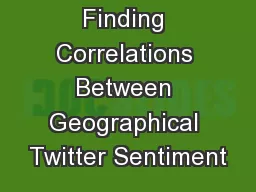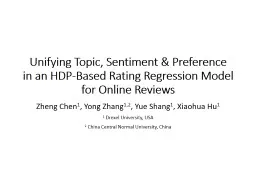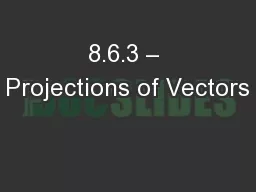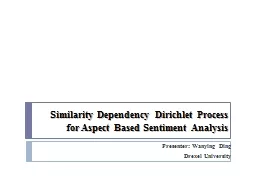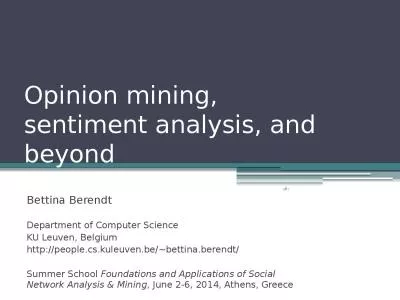PDF-Learning Word Vectors for Sentiment Analysis Andrew L
Author : alexa-scheidler | Published Date : 2014-12-22
Maas Raymond E Daly Peter T Pham Dan Huang Andrew Y Ng and Christopher Potts Stanford University Stanford CA 94305 amaas rdaly ptpham yuze ang cgpottsstanfordedu
Presentation Embed Code
Download Presentation
Download Presentation The PPT/PDF document "Learning Word Vectors for Sentiment Anal..." is the property of its rightful owner. Permission is granted to download and print the materials on this website for personal, non-commercial use only, and to display it on your personal computer provided you do not modify the materials and that you retain all copyright notices contained in the materials. By downloading content from our website, you accept the terms of this agreement.
Learning Word Vectors for Sentiment Analysis Andrew L: Transcript
Download Rules Of Document
"Learning Word Vectors for Sentiment Analysis Andrew L"The content belongs to its owner. You may download and print it for personal use, without modification, and keep all copyright notices. By downloading, you agree to these terms.
Related Documents

